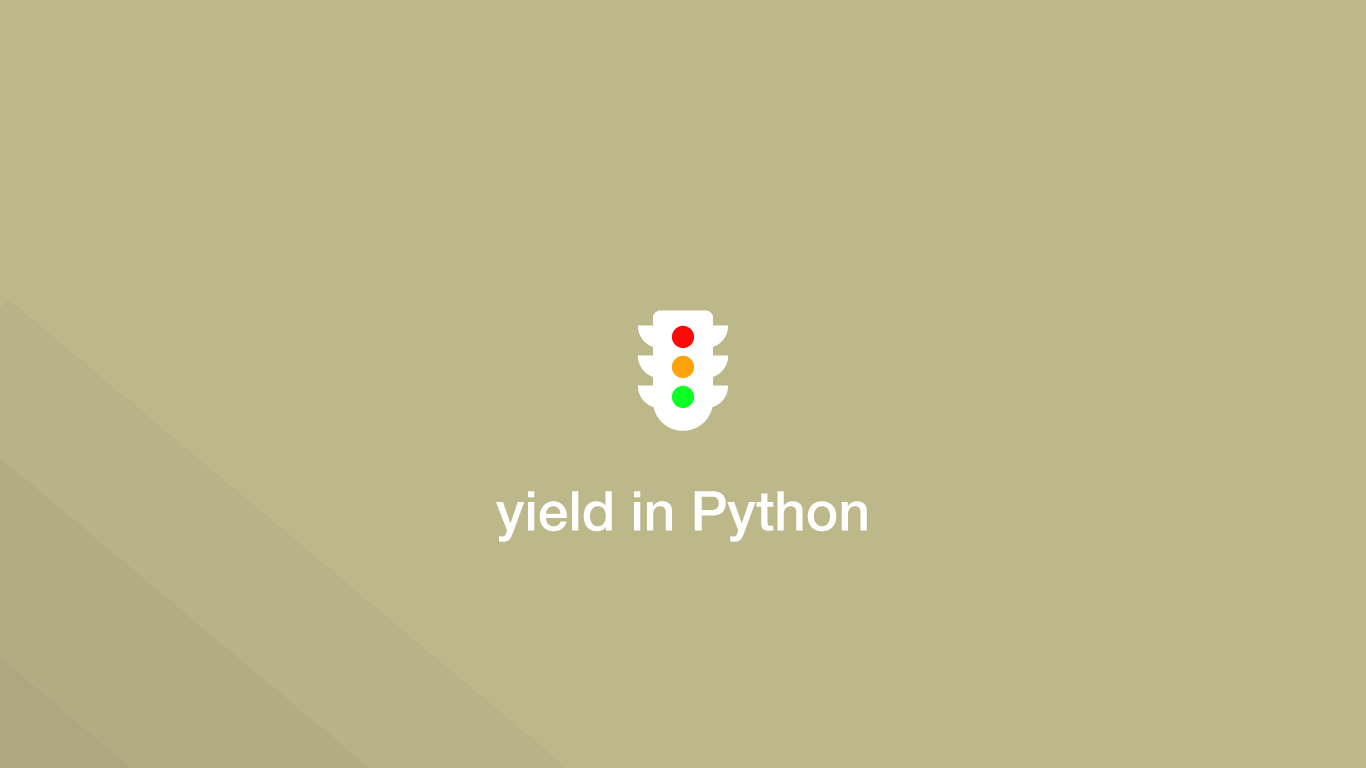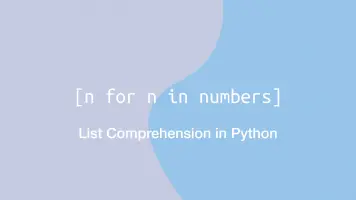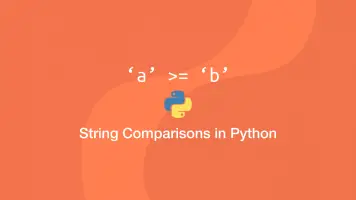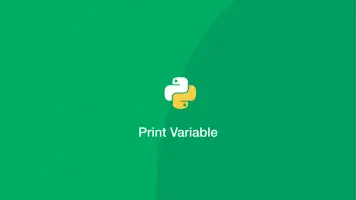How to use yield Statements in Python
A yield statement in python is used to return a response back to the caller while leaving the function in a paused state that will resume once called again. This behaviour is different from the return statement, which ends the function completely with the next call having to start from the beginning of the function.
In this tutorial, we will learn how to use the Python yield statement to pause and resume the operation of a function.
Using the yield Statement
yield can be used anywhere inside a function and can return a value or None. When the function object is called again using next() it will continue to run after the last yield statement. Let's create a function that will add different numbers to the input number on each call.
def generator(n):
yield n + 2
yield n + 4
yield n + 8
result = generator(1)
print(f'Result from first call is: {next(result)}')
print(f'Result from second call is: {next(result)}')
print(f'Result from third call is: {next(result)}')
Result from first call is: 3
Result from second call is: 5
Result from third call is: 9
Yielding a Function with a for Loop
A function can provide data back in a staggered way by using yield. Let's create a for loop that will iterate over a function and print the result yielded back to it on each iteration.
def gen():
s = 'first string'
yield s
s = 'second string'
yield s
s = 'third string'
yield s
for i in gen():
print(i)
first string
second string
third string
Using yield in Generator Functions
Generator functions are written like regular functions except they use yield to return data and resume from after the yield each time. This allows the function to be more abstract and allow some of the decision making to be done by the thing that is calling it.
def countWhile():
n = 1
while True:
yield n
n = n + 1
for num in countWhile():
if num > 10:
break
print(num)
1
2
3
4
5
6
7
8
9
10
In the above example, we are breaking the while loop in the countWhile generator function outside of the function in a for loop if the yielded value is above 10.
Conclusion
You now know how to use the yield statement in Python and how it can be useful for situations where you don't want to have to run a function from the beginning each time.







